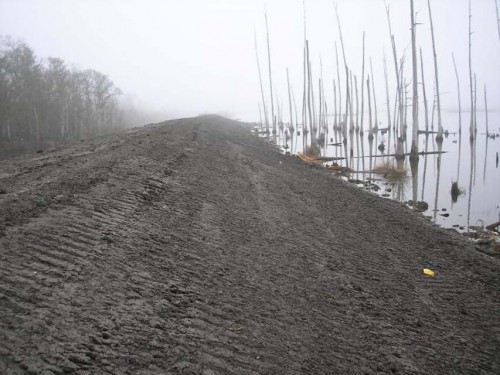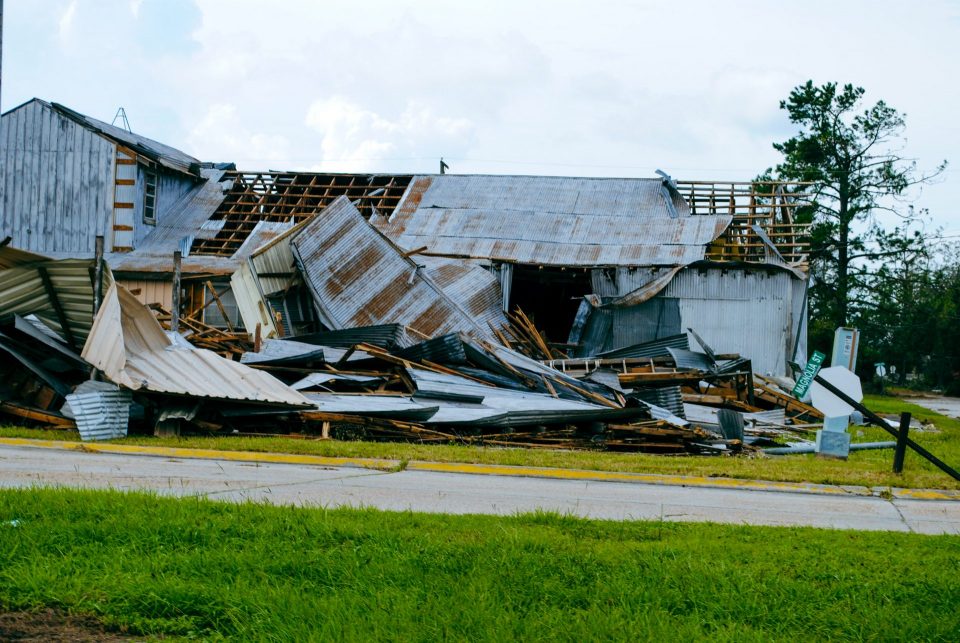
Mrs. Mae Chauvin
November 9, 2009Mr. Alfred James Frank
November 11, 2009Four breaches totaling nearly 3 miles in length in the Gulf Intracoastal Waterway south of Gibson will be repaired with a $6.9 million federal grant to the state Department of Natural Resources, said department spokesman Chris Macaluso.
The money is being provided through the federal Coastal Impact Assistance Program, which in 2007 began paying $250 million yearly to be split among six oil-producing states, including Louisiana, to compensate for damage to the environment from offshore drilling. The program runs through 2010.
The breaches in the Intracoastal Waterway, all located on the south bank, were caused by erosion, part of the more than 34,000 acres of land lost in the Terrebonne Basin since 1932, Macaluso said.
The breaching occurred where the waterway runs through Lake Cocodrie and near Bayou Cocodrie and Lake Hackberry.
Sections of the waterway were dug through freshwater marsh. Water flowing through the breaches has harmed the nearby vegetation. “Wave action from the GIWW has been lifting up and moving away this floating habitat,” Macaluso said.

“The closure will stop the water flow through the breaches and benefit the floating marsh,” he said. “It will stop moving the vegetation with high-velocity water. Instead of going through the breaches the water will go through the GIWW.”
The 14,664 feet of breaches will be filled with rocks. The new structure will also withstand wave action from boats in the waterway.
Some of the funding will pay for inspectors, permitting and obtaining land rights, Macaluso said.
The breach-repair project began in 2001 with funding from the Coastal Wetlands Planning, Protection and Restoration Act, or Breaux Act, for engineering, design work and the purchase of some land rights. The Breaux Act established a fund in 1990 to provide federal money for coastal restoration.
The breach-repair project was not selected for construction funding from the Breaux Act, said Leslie Suazo, director of the Terrebonne Parish Office of Coastal Restoration and Preservation, in an e-mail to the Tri-Parish Times.
Funds from the Coastal Impact Assistance Program for Louisiana are divided: Sixty-five percent flows to the state and the remainder goes to the coastal parishes, which are most impacted by offshore drilling.
The project is being funded only through the state portion of CIAP, Suazo said.
“The most fragile bank line areas were selected for submission to the state for its inclusion in the CIAP plan,” Suazo said. “The state did select the project for funding and it is among the first array of projects to move forward to construction under the CIAP program.”
The federal Minerals Management Service, part of the Department of the Interior, administers CIAP funds.
Robin Winchell, spokeswoman for U.S. Rep. Charlie Melancon (D-Napoleonville), said, “He’s excited about that program, CIAP. We’re really seeing results on the ground. The federal money for coastal restoration projects is significant funding.”
A release from Melancon’s office states that Louisiana has received more than $255 million for coastal restoration projects from CIAP.







